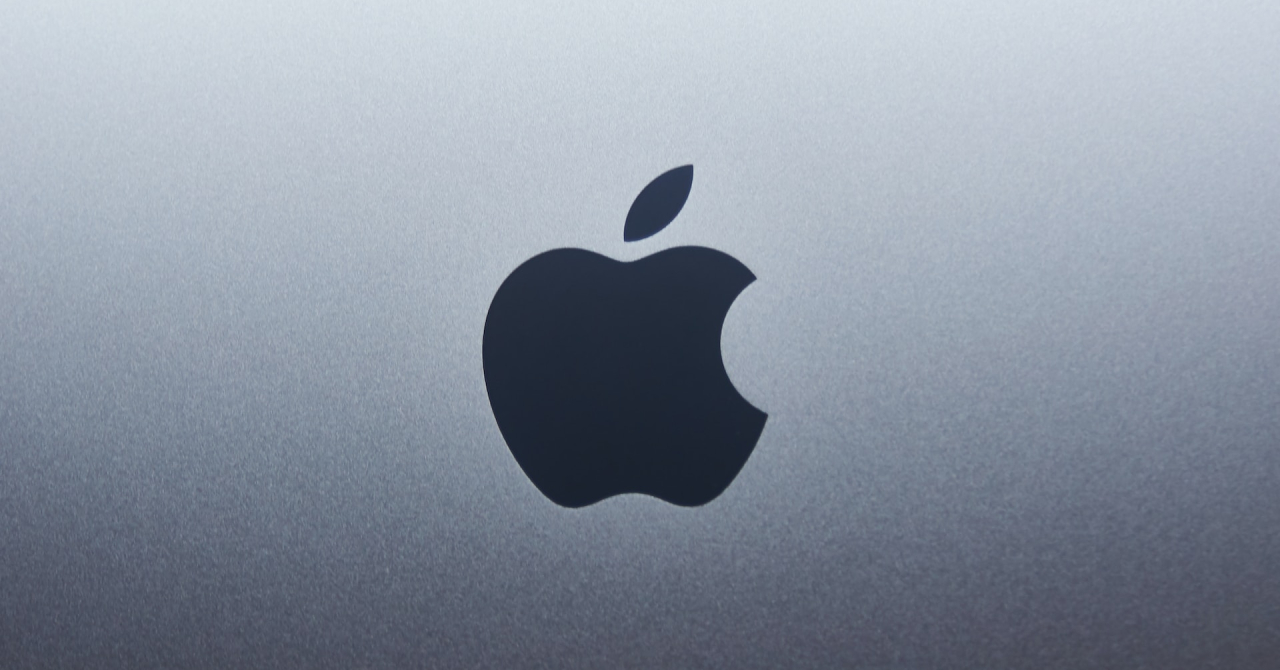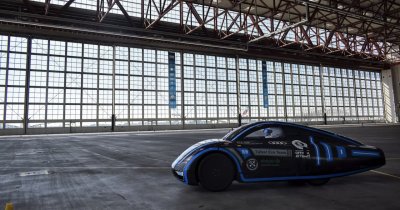Apple Watch is now completely carbon-free
The watch was the first product that the company showed to the world, with the Series 9 and Ultra 2 marking the next step in the Cupertino giant's wearables family.
Now the complete carbon neutrality of the Apple Watch Series 9, Ultra 2 and the SE 2nd generation depends vastly on the watch and band combination that you go for. To check if a particular Apple Watch case and band combination is nature-friendly, check for a new logo that should be printed on the box.
Another big part of Apple's carbon-neutrality strategy comes from removing the leather accessories, such as watch bands and phone cases. These are to be replaced with FineWoven, which is a textile material with a lower impact on the planet.
Made from cattle leather, these accessories are associated with a high carbon footprint, given that these animals release high amounts of methane in the atmosphere, a greenhouse gas that has the potential to heat the planet 80 times more than CO2.
One of the most popular phones is now more nature-friendly
As far as the iPhone goes, the new 15 series also give up on the leather cases for a woven-style material, which should me more sustainable and have a significantly lower carbon footprint.
Regarding the smartphones, the base iPhone and the Plus model are made from 75% recycled aluminum for the casing and 100% recycled cobalt for the batteries. Hopefully that won't mean that the overall lifespan of the cells is lower, but only time will tell for that one. At the same time, the Pro models incorporate 100% recycled aluminum for the substructure and 100% recycled cobalt in the battery. For the magnets and the copper found inside the devices, they are also made with completely recycled contents.
Being battery-powered, these devices will need to be juiced up every now and then, which represents another opportunity for Apple to become even more sustainable. Thus, the company plans to add more renewable energy projects in order to allow its users to charge their favorite mobile devices with as little impact on the planet as possible.
 Mihai - Cristian Ioniță
Mihai - Cristian Ioniță












Any thoughts?